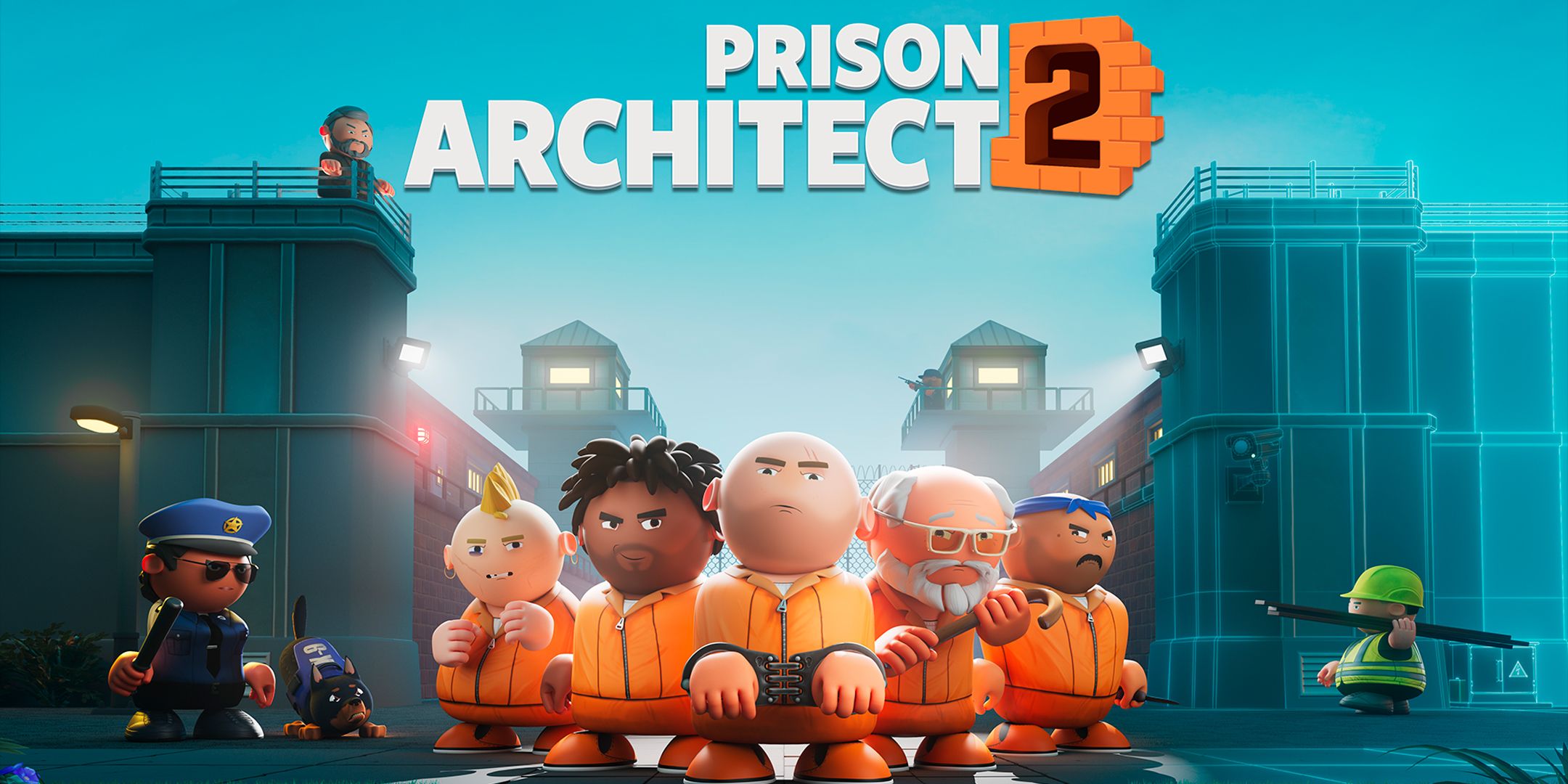Prison Architect 2 Preview
Summary Prison Architect 2 shakes things up with a 3D perspective.
Multi-story setups and complex animations are highlights of the change.
Some features still feel like they could use fine-tuning before launch.
The construction and management genre might build its brand around games like Planet Coaster and other light-hearted fare, but it also houses titles like Prison Architect 2. Originally developed by Introversion Software, the first Prison Architect was a scrappy breakout hit that became a powerhouse platform for DLC releases once publisher Paradox and studio Double Eleven took the reigns. Prison Architect 2 is a leap into 3D handled by that latter team, although yet another shift in studios has just brought in Kokku to finish development.
Between this odd situation and a couple of major delays, the state of Prison Architect 2 might seem concerning. All the basics are already in place, though, and there's plenty to explore in the early hours of its career mode and sandbox. Screen Rant spent some time checking out what's changed and what's stayed the same in a preview build of the game, an experience that offers some insight into whether longtime fans should anticipate the sequel.
The 3D Change Defines Prison Architect 2
A Shift In Perspective Adds New Options
Close
Starting up Prison Architect 2 immediately makes it clear how different the new 3D take feels. Although the grunge of the original is gone, the cartoon elements stay, translating into something that can feel a little Fisher Price. It's an odd disconnect with the somewhat evil nature of playing a prison management game, but the simplicity does make it easier for things to remain clearly legible in 3D. As progression builds toward giant prison complexes with inmates and workers all milling about, this initially flimsy argument starts to strengthen.
3D prisoners can also boast more complex animations than before, and watching what they get up to could be a big draw for Prison Architect 2. Interactions play out like little vignettes — some innocent, like exercising in the yard, and others grim. What's particularly exciting in Prison Architect 2 is the promise of more complex systems to create genuine relationships and rivalries among inmates, although the time spent with the preview wasn't enough to see how deep this can go.
AI pathing seems a bit more prone to confusion at the extra layer of challenge.
The big selling point of 3D lies in the facilitation of multi-story setups, allowing prisons to grow outward rather than just upward. In deeply developed campaigns, this might dodge some problems caused by ferrying prisoners across sprawling complexes for daily functions. It's definitely a feature that comes down to preference, however. Flicking between floors makes it harder to keep track of everything simultaneously, and AI pathing seems a bit more prone to confusion at the extra layer of challenge.
Some Prison Architect 2 Features Need Work
Key Mechanics Could Use A Little More Fine-Tuning
At the moment, it feels like Prison Architect 2's pathing and building have some kinks in general, even if the basic functions remain similar to the first game. Workers prioritize throwing up structures at all costs, which can leave basic areas unfinished if too many plans are laid out at once. Building the walls for these structures seems to happen in slightly inconsistent ways, especially when it comes to demolition. Everything is responsive, however, and features like zoning rooms haven't gotten any less efficient than before.
Another big change comes in the function of the skill trees found under Prison Architect 2's Bureaucracy system. There are four columns now, and they tie more core features than before into their advancement. Outside of trying to emulate common progression creeps, it's hard to come up with much of a good reason why the majority of furniture and decoration choices now need to be unlocked before they can be bought.
It might be best to just think of Prison Architect 2 as a different take on the original's niche.
Both worker woes and hang-ups with Bureaucracy are easy enough to avoid, as the systems can be turned off altogether when starting up a game. These mechanics have their place, however, and they really just beg for a little more more fine-tuning. It's fine if neither work exactly like they did in the original game, but especially in the case of Bureaucracy, it feels like change without much direction.
Final Impressions Of Prison Architect 2
Unique Selling Points That May Not Be Enough
Despite its shared mechanical core, it might be best to just think of Prison Architect 2 as a different take on the original's niche. Moving to 3D and losing much of the idiosyncratic stylization opens up some doors while closing others, making for less of a linear path forward and more of an audacious sidestep. Seeing how ambitious creations can get should be exciting, especially with the "World of Wardens" workshop feature. Convincing people to leave the original game behind for a scrubbed-up future, however, is a tall order that Prison Architect 2 is still straining to meet.











COMMENTS